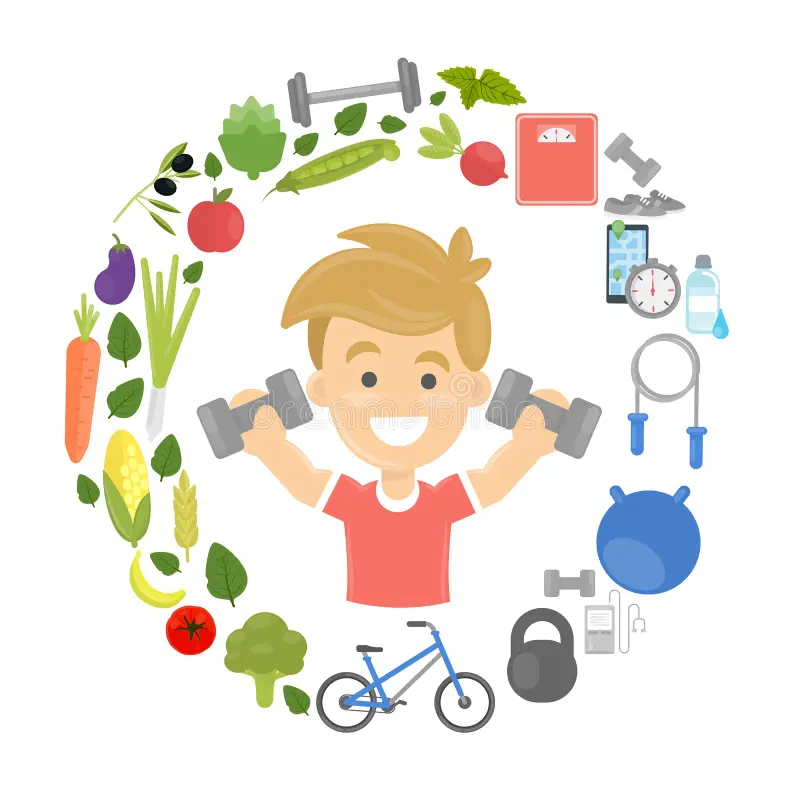The Gut-Brain Connection: How Your Diet Affects Your Mood

Updated at: 2023-08-05 22:30:31 (2 years ago by Melkisedeck Leon Shine)
The Gut-Brain Connection: How Your Diet Affects Your Mood
Have you ever noticed how your mood can change after eating a particular meal? Perhaps you feel energized and focused after a nutritious salad, or maybe you feel sluggish and irritable after indulging in a greasy fast food meal. These fluctuations in mood can be attributed to the fascinating gut-brain connection. As AckySHINE, I am here to shed some light on this topic and provide you with professional advice on how your diet affects your mood.
-
🥬 Your diet plays a crucial role in maintaining a healthy gut microbiome, which refers to the trillions of bacteria residing in your digestive system. These bacteria have a profound influence on your overall well-being.
-
🍩 Consuming a diet high in processed foods, sugar, and unhealthy fats can negatively impact your gut microbiome, leading to an imbalance in the bacteria. This imbalance, also known as dysbiosis, has been linked to mood disorders such as depression and anxiety.
-
🥗 On the other hand, a diet rich in fruits, vegetables, whole grains, and lean proteins provides the necessary nutrients for a healthy gut microbiome. This can contribute to improved mood and mental well-being.
-
🍫 Certain foods have been found to have a direct impact on neurotransmitters in the brain, which are responsible for regulating mood. For example, foods rich in omega-3 fatty acids, such as fatty fish, walnuts, and flaxseeds, can increase the production of serotonin, a neurotransmitter that promotes feelings of happiness and well-being.
-
🍎 Incorporating foods that are high in antioxidants, such as berries, dark chocolate, and green tea, can help reduce inflammation in the brain and improve mood.
-
🍔 On the other hand, consuming a diet high in processed meats, refined carbohydrates, and sugary beverages has been associated with an increased risk of depression and anxiety.
-
🌽 Fiber-rich foods, such as legumes, whole grains, and vegetables, are beneficial for your gut health. They help promote the growth of beneficial bacteria, which can positively affect your mood.
-
💦 Staying hydrated is also essential for maintaining a healthy gut-brain connection. Dehydration can lead to digestive issues, which can have an impact on your mood.
-
🍌 Probiotic-rich foods, such as yogurt, sauerkraut, and kimchi, contain live bacteria that can help restore the balance of your gut microbiome. These foods can have a positive effect on your mood and mental health.
-
🥛 It is important to note that everyone's body is unique, and what works for one person may not work for another. Experimenting with different foods and paying attention to how they make you feel can help you determine which ones are beneficial for your mood.
-
🧘♀️ In addition to a healthy diet, incorporating regular exercise and managing stress levels can also contribute to a positive gut-brain connection. Exercise releases endorphins, which are natural mood boosters, and stress management techniques such as meditation and deep breathing can help reduce inflammation in the body.
-
🍒 It's important to remember that the gut-brain connection is a two-way street. Just as your diet can impact your mood, your emotions and stress levels can also affect your digestive system. This is why it's crucial to take care of both your mental and physical well-being.
-
🥦 Making small changes to your diet can have a big impact on your mood and overall quality of life. As AckySHINE, I recommend starting by incorporating more whole, unprocessed foods into your meals and paying attention to how they make you feel.
-
🍉 Keeping a food diary can be a helpful tool in identifying any patterns between your diet and your mood. Take note of how certain foods make you feel and adjust your diet accordingly.
-
🍋 Lastly, don't be too hard on yourself. It's okay to indulge in your favorite treats every now and then. The key is to focus on nourishing your body with nutrient-dense foods most of the time, while still allowing yourself to enjoy the occasional indulgence.
In conclusion, the gut-brain connection is a fascinating aspect of our overall health. By understanding how your diet affects your mood, you can make informed choices to support your mental well-being. Remember to listen to your body, experiment with different foods, and prioritize both your physical and emotional health. So, what are your thoughts on the gut-brain connection? Have you noticed any changes in your mood based on your diet? Share your opinions below!



